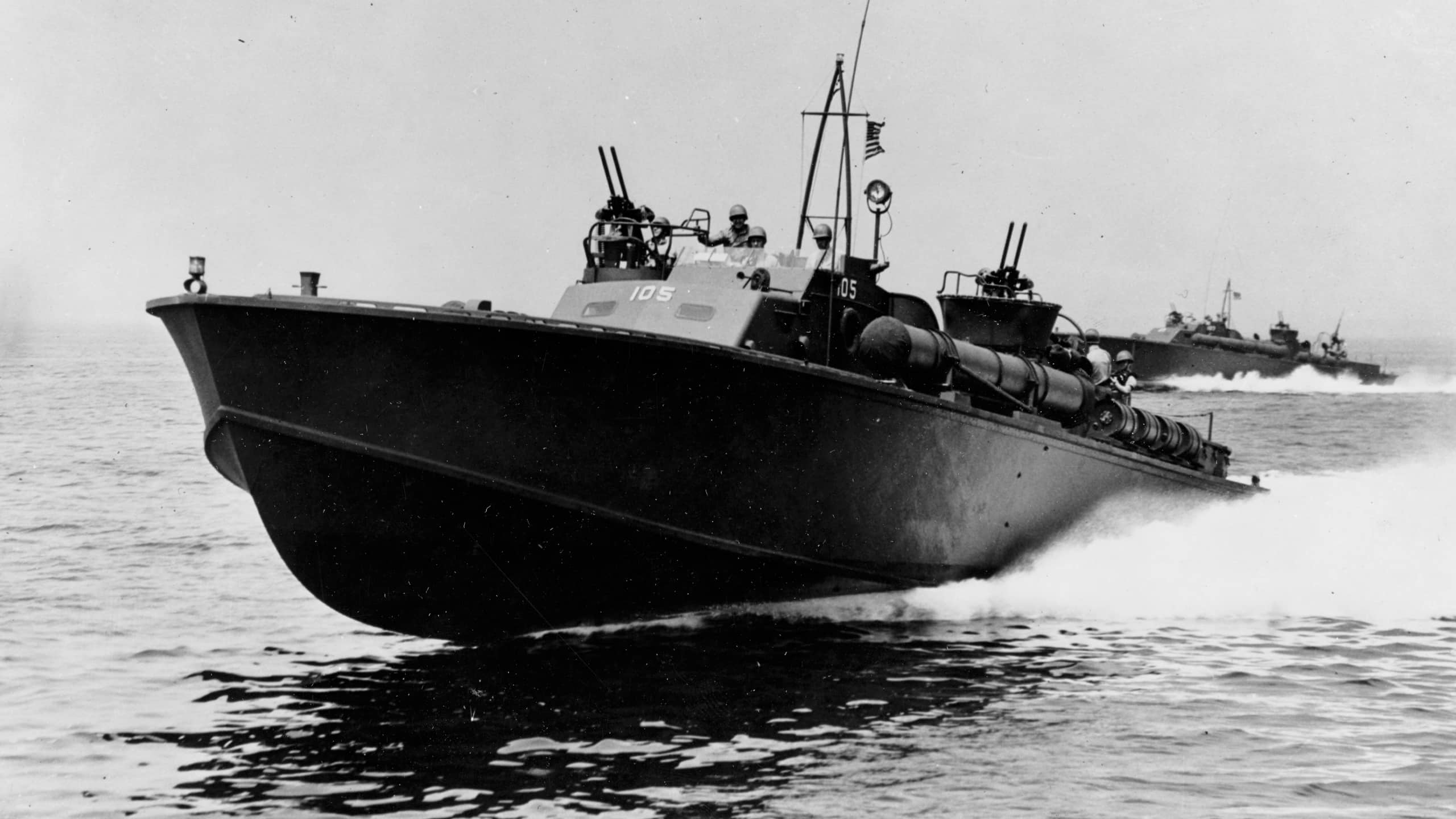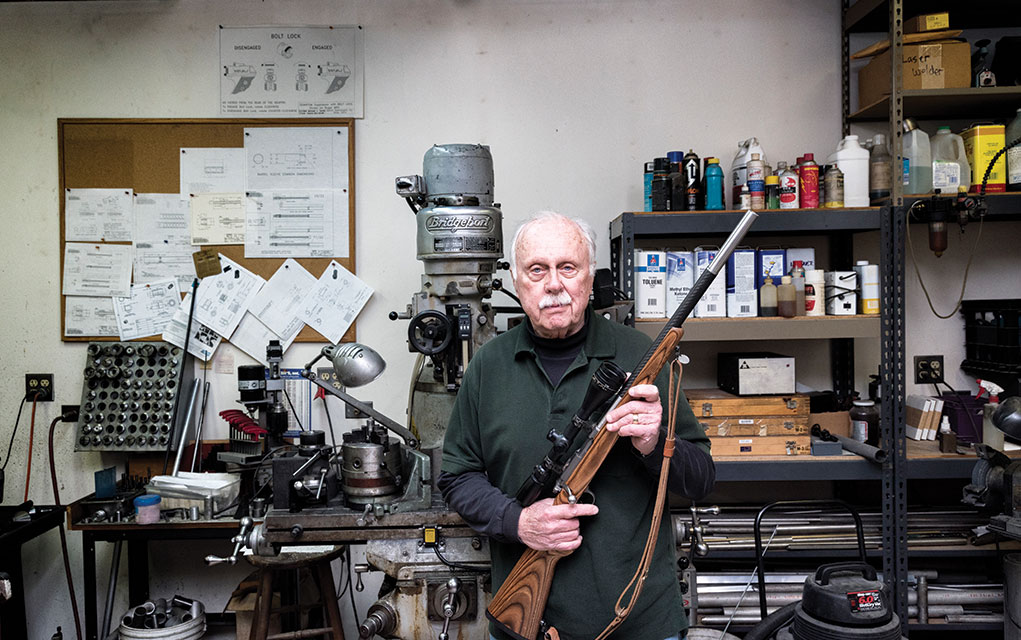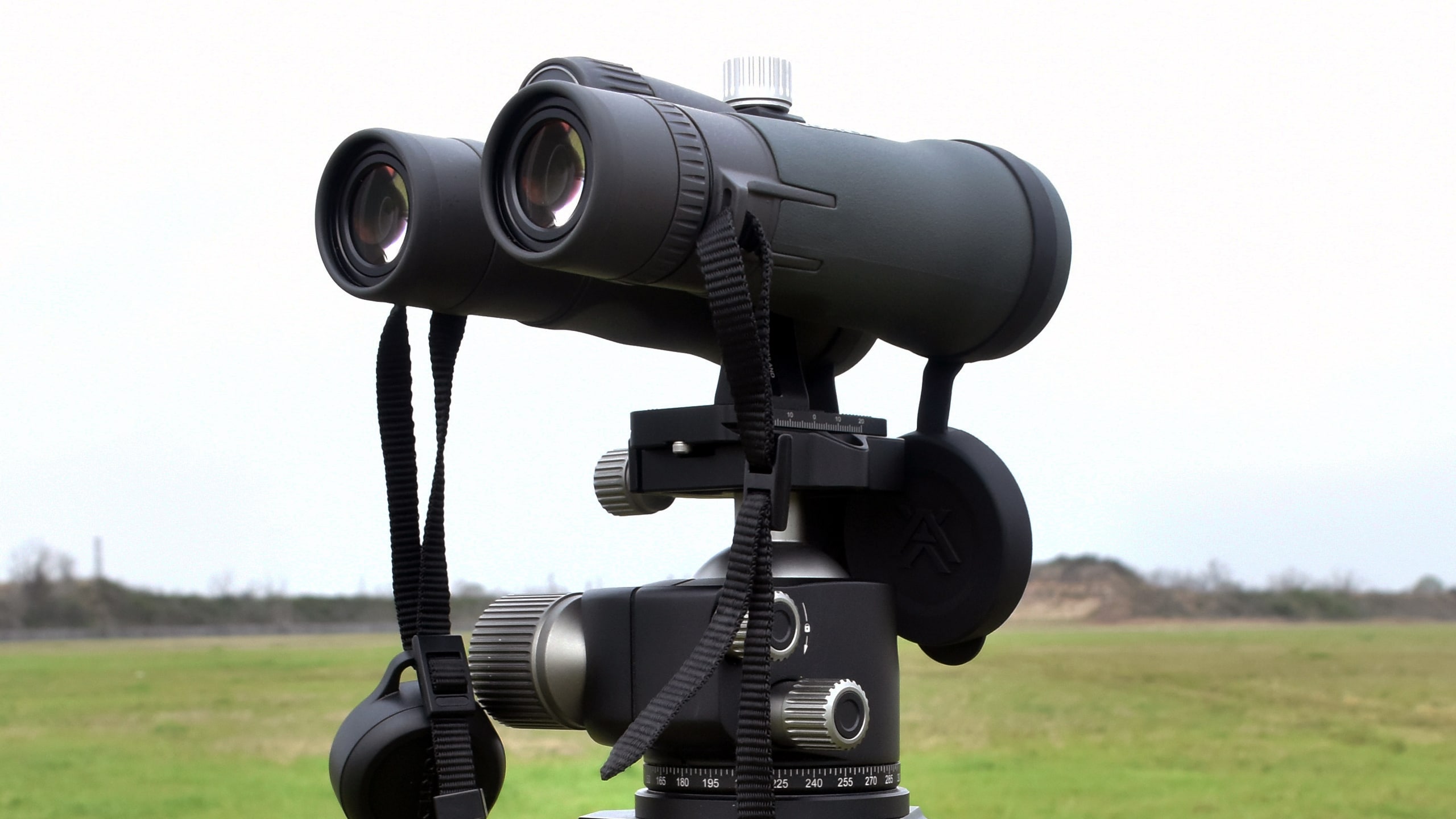The Brumos Collection: If You’re Not a Porsche Fan, You’re Wrong

Tucked away in Jacksonville, Florida, lies a collection of automobiles that tell the story of the development of the automobile using racing technology. With 16,000 feet of display space, a theater, a conference room, and a complete workshop, three centuries of automobiles form an unforgettable interactive experience.
THE BRUMOS STORY
The Brumos journey started in 1953 when Hubert Brundage became a Volkswagen importer in Jacksonville under the name Brundage Motors. Since the high-tech communication system was the teletype machine at the time, Brundage abbreviated Brundage Motors to Brumos for teletype use. The name stuck, and Brumos eventually became the dealership’s name.
Interestingly enough, many claimed to be close friends of “Mr. Brumos,” which made it easy to identify the posers. In 1959, Brumos added Porsche to its stable and became the most famous Porsche dealership in U.S. history. While many would be content with selling cars, Brumos went on to race Porsches with the logo “We Race What We Sell” on their vehicles.
After the death of Brundage in a 1964 motorcycle accident, driver Peter Gregg purchased the dealership and teamed up with driver Hurley Haywood. The Brumos Racing team went on to win major events, including four-time winners of The 24 Hours of Daytona.
In 1980, with the untimely death of Gregg, the Brumos’ ownership was now in the hands of Gregg’s widow, Deborah, who continued the operation. In 1990, the widow Gregg sold the operation to Dan Davis, the former Winn-Dixie grocery chain chairman, and Bob Snodgrass, the former CEO and president of the Brumos dealerships and racing team.

In 2013, Brumos retired from racing, and, in 2015, the dealership was sold, but Davis kept the car collection and the Brumos name. Initially, the collection was by invitation only, but, in 2020, it was moved to its current location and made open to the public.
THE COLLECTION
The collection grounds are immaculate with automotive designs incorporated from the gates to the entrance door and include an original restored Unocal 76 spotter ball from the Daytona Speedway.

A collection this special needed a special place to be housed in. With that in mind, the Brumos collection is housed in a 35,000-square-foot red brick building purposely styled after the Ford Motor Company manufacturing plant that produced Model T and A automobiles in Jacksonville from 1924 until 1932.
The collection is not only automobiles but racing memorabilia from the dawn of automotive racing, including trophies, photos, and engines. It’s interactive with a digital kiosk placed by every vehicle that gives the viewer a complete history of the car they’re looking at.
There’s also plenty of information on the two drivers who made Brumos Racing a household name: Gregg and Haywood.

The collection is designed as more of an experience than a museum, with two sections that capture the historical significance of these automobiles. The Brumos collection isn’t just vehicles but a collection of automotive paraphernalia and ephemera that chronicles the evolution of the horseless carriage. Display cases are full of goggles, helmets, and trophies from years past.

the Targa Florio or Nürburgring.
The collection staff see themselves as caretakers rather than owners, and each vehicle has been lovingly restored to its original condition.
WHY 59?
In addition to the car numbers, several other items in the collection display the number 59. Gregg was a naval intelligence officer stationed aboard the USS Forrestal with assigned hull number 59.
THE FORERUNNERS
This section covers the pioneers of the automotive world with an assortment of open-cockpit racers, engines, and innovation. The cars are historic, and so is the memorabilia. Displays abound with trophies and pictures of races from the past. In the early days, races were held on wooden board tracks, and the collection preserves their history with the American Board Tracks exhibit, which chronicles the 24 board tracks built during the early 1900s.
The 1894 Peugeot Type 5

The Peugeot Type 5 was a four-seat open carriage car powered by a single-cylinder 565cc engine with an output of 3 horsepower and propelled via chain drive. A total of 14 were sold from 1893 to 1896. This 1894 Peugeot Type 5 participated in the world’s first automobile race from Paris to Rouen, finishing in 11th place. It was one of only 17 cars that finished the race. This is the oldest automobile in the Brumos Collection.
The 1925 Bugatti Type 35

The Bugatti Type 35 amassed over 1,000 victories in the 1920s, and the Bugatti in the Brumos collection is perhaps the most pristine, as it wasn’t subject to racing life. The original owner was the heir to Standard Oil, Wallis Bird. After sitting in Bird’s Long Island estate garage for 12 years, the Bugatti was entered in its first and last race, the 1937 Automobile Racing Club of America Grand Prix. After two more owners, the Bugatti arrived at the collection and eventually was given a frame-off restoration.
The 1917 Miller Golden Submarine

The Miller Golden Submarine was a streamlined race car designed and built by Fred Offenhauser and Harry A. Miller for Barney Oldfield, an auto racing pioneer in the early 1900s. The idea was to build a racing car that would protect the driver in the event of an accident. The streamlined driver’s compartment was constructed from aluminum with an enclosed roll cage. The golden color was created using bronze dust and lacquer.
THE FRONTRUNNERS
Without the Forerunners, there wouldn’t be any Frontrunners. The Frontrunners section has several heavy hitters on display, with the legendary Porsche 917K being one of the heaviest.
The 1970 Porsche 917K

Steve McQueen’s movie, Le Mans
With an output of 630 horsepower and weighing approximately 1,800 pounds, the Porsche 917 was extremely fast but unstable at high speeds due to poor aerodynamics. After the 1969 racing season had finished, John Wyer, now racing Porsche instead of the Ford GT40, requested some test time to resolve the issue. Adding the upswept short tail (Kurzheck) achieved stability at high speeds, and the 917K was born. The K model dominated the Formula 1 season in the early ’70s.
The 1970 Porsche 917K on display in the collection is pristine, as it never raced competitively. It was used by Porsche for early testing and then purchased by Formula 1 driver Jo “Seppi” Siffert. Siffert later leased it to Steve McQueen for use while filming the 1971 movie Le Mans.
In October 1971, Siffert was killed in a racing accident at Brands Hatch, England. Siffert’s funeral in Fribourg, Switzerland, was attended by over 50,000 fans, and his widow decided his funeral procession was to be led through the city streets by this very Porsche.
The 2003 Porsche Fabcar Daytona Prototype

The Fabcar Daytona Prototype was designed and built by Fabcar Engineering, specifically for the Grand-Am Rolex Sports Car Series. These closed-cockpit cars were designed to be smaller and less costly than the open-cockpit Le Man’s type cars.
1971 Porsche 914-6 GT

On April 18, 1971, IMSA held its first sports car race at Virginia International Raceway. The race pitted the Porsche 914/6 GT, driven by returning war vet Haywood, co-driving with Gregg, versus the 427ci V8-powered Corvette of Dave Heinz. With their win, Haywood and Gregg had the distinction of winning the first IMSA Grand Touring race.
“Buster”

The Frontrunner collection is displayed in front of “Buster,” the racing team transporter. Buster was built on a 1968 Mercedes-Benz bus chassis and was an essential part of Team Brumos. Besides transporting the team cars, when this big red transporter arrived at a track, it sent fear into the hearts of the other teams by signaling Porsche was here to do business.
VISIT
The Brumos Collection is a cornucopia of automobile history spanning three centuries. If you’re looking for a museum filled with dusty old relics, this isn’t it. Every vehicle in this collection is in running/driving condition. The collection has more cars than can be displayed, so many are stored at a secret location. These historic automobiles are continuously moved, and displays are constantly rotated, so you’ll see something different every time you visit.
For Porsche fans, the collection frequently hosts a “Saturday Social” event with the Florida Crown Region of the Porsche Club of America. Check the collection website for more information.







